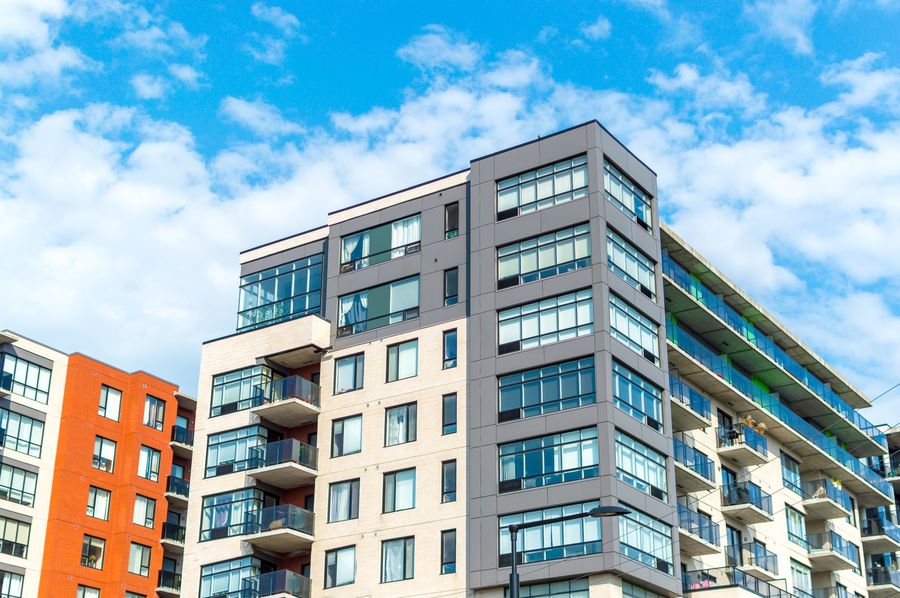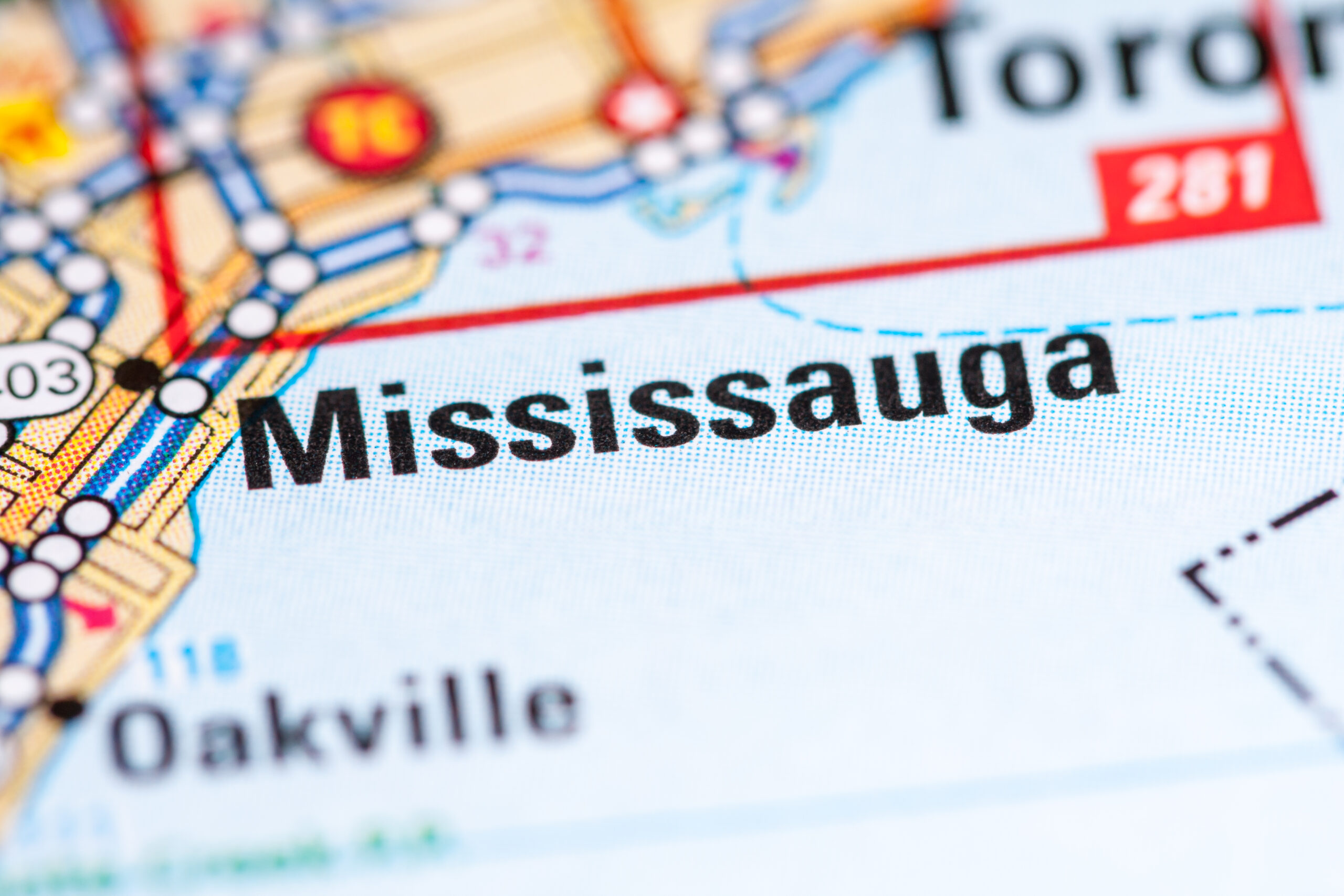Bidding wars for leases, commonplace in pre-pandemic Toronto, have returned to the city’s downtown core.
“If it’s a good unit and offered at a good price, you get multiple offers on the lease,” said Scott MacPherson, VP of professional development at Right at Home Realty. “We see it in the core of Toronto—a one-bedroom, 700 sq ft unit or a two-bedroom, which is hard to find, and close to amenities, get multiple offers.”
MacPherson added that Mississauga’s city centre condo cluster, as well as downtown Burlington, also see bidding wars for leases.
However, according to the latest data from the Toronto Regional Real Estate Board (TRREB), rents for one-bedroom condominium apartment rentals in the Greater Toronto Area declined by 9.4% year-over-year to $1,887 in Q2-2021, but increased by 3.7% from the previous quarter. Two-bedroom units averaged $2,583, rising by 5.6% from Q1-2021.
Condominium apartment rental transactions more than doubled in the GTA to 14,920 in the second quarter of the year from 7,300 during Q2-2020, and climbed from 13,168 in the first quarter of 2021. There were 24,789 condos listed for rent in the second quarter of the year, a 15% increase from a year earlier, but dropped from 28,784 in Q1-2021, signifying growing demand.
“It is clear that the demand for rental accommodations has substantially increased compared to last year when there was a temporary pandemic-related lull. Strong rental demand will continue into next year, as immigration into the GTA picks up and we see a resurgence in the student population. With rental market conditions already tightening, and demand set to increase, we expect future increases in average rents. This trend further reinforces TRREB’s continued call for government action to increase supply,” said Kevin Crigger, TRREB’s president.
Although renters benefitted from lower rents last quarter—at least compared to the previous year—pre-pandemic market conditions have started manifesting, albeit inchoately, and as the region’s population returns to its normal growth trajectory, vacancy rates will fall and rental prices will increase.
MacPherson says that, as downtown Toronto becomes more vibrant by the day, many people who fled during the onset of the pandemic are returning.
“People see the end of COVID and a lot of them want that lifestyle where they can walk to a restaurant or a Blue Jays game, but a year ago it was isolating in the core with nothing to do and no green space,” he said. “We’re starting to see an influx of people returning to the core.”
Neil Sharma is the Editor-In-Chief of Canadian Real Estate Wealth and Real Estate Professional. As a journalist, he has covered Canada’s housing market for the Toronto Star, Toronto Sun, National Post, and other publications, specializing in everything from market trends to mortgage and investment advice. He can be reached at neil@crewmedia.ca.









